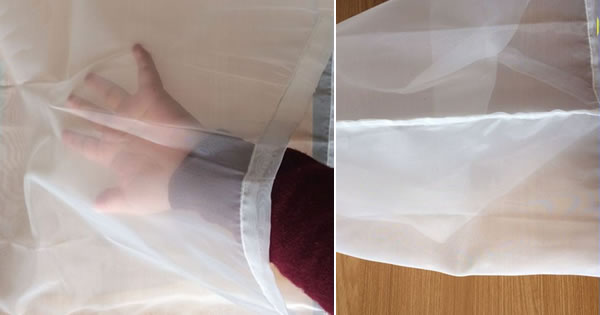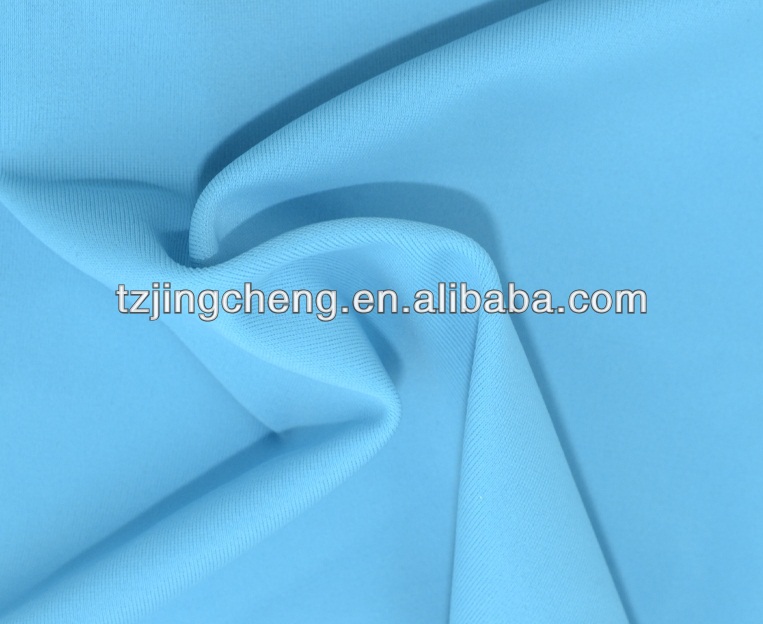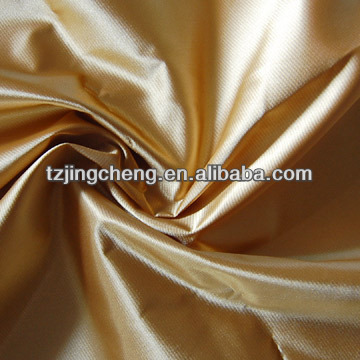
Oriental Journal of Chemistry is a peer reviewed quarterly research journal of pure and applied chemistry. It publishes standard research papers in almost all thrust areas of current chemistry of academic and commercial importance.
The article reviews the different routes for recycling of polyethylene terephthalate. Chemical recycling processes are divided into six groups: methanolysis, glycolysis, hydrolysis, ammonolysis, aminolysis, and other methods.
Mohair, by virtue of its open fleece structure on the goat, particularly that of Adult goats, is more exposed to weathering than wool, the tips of the mohair fibres covering the back of the being more prone to damage by sunlight or weathering, especially during the summer months.


Our Company . See what makes DuPont one of the most successful science and engineering companies in the world. > Values



The family of nylons consists of several different types. Nylon 6/6, nylon 6, nylon 6/10, nylon 6/12, nylon 11, nylon 12, and nylon 6-6/6 copolymer are the most common.


Our Company . See what makes DuPont one of the most successful science and engineering companies in the world. > Values

Dyeability The dyeability of fibers is controlled by both chemical and physical properties. Fibers that have polar functional groups in their molecular repeat units are easier to be dyed.
The article reviews the different routes for recycling of polyethylene terephthalate. Chemical recycling processes are divided into six groups: methanolysis, glycolysis, hydrolysis, ammonolysis, aminolysis, and other methods.
The family of nylons consists of several different types. Nylon 6/6, nylon 6, nylon 6/10, nylon 6/12, nylon 11, nylon 12, and nylon 6-6/6 copolymer are the most common.

Dyeability The dyeability of fibers is controlled by both chemical and physical properties. Fibers that have polar functional groups in their molecular repeat units are easier to be dyed.